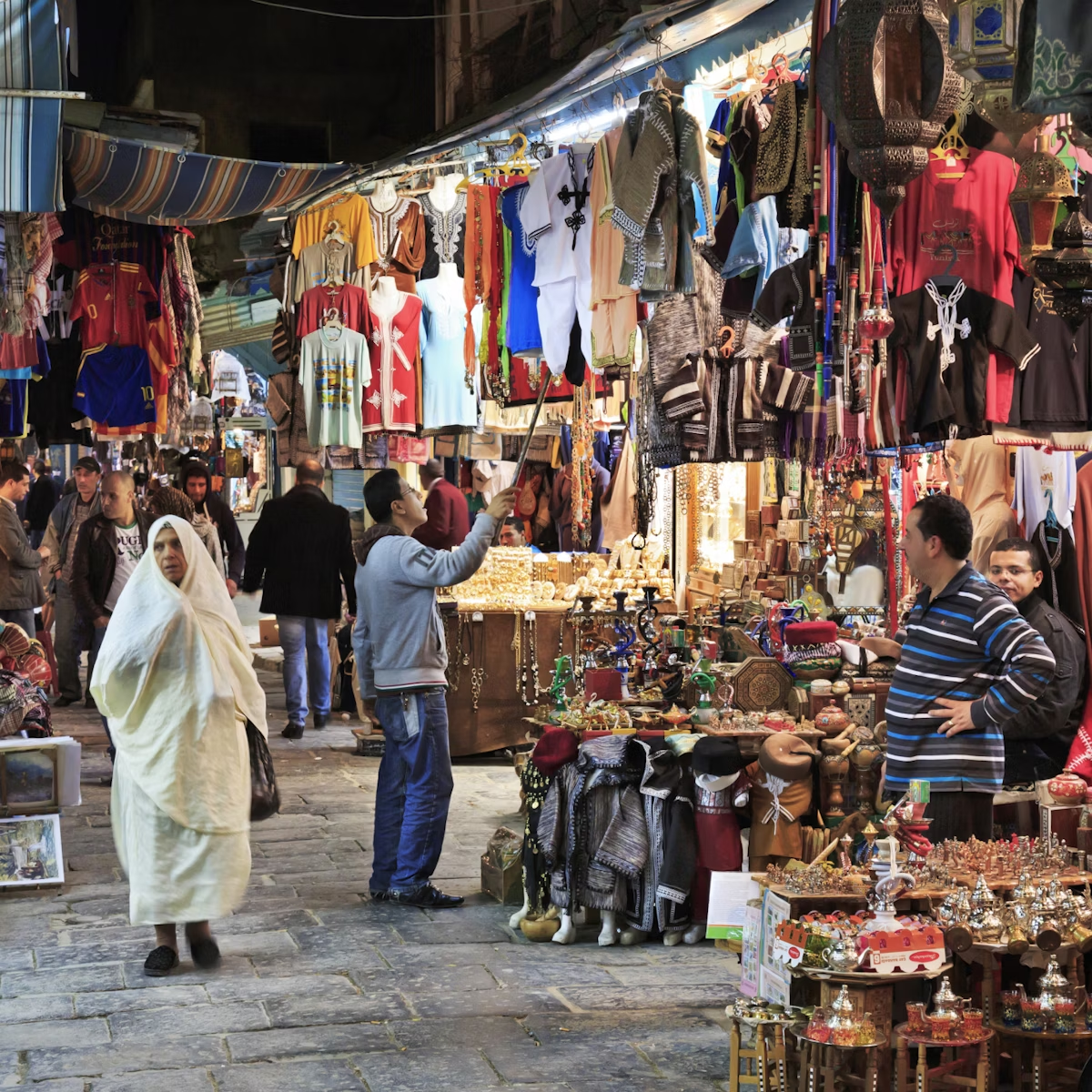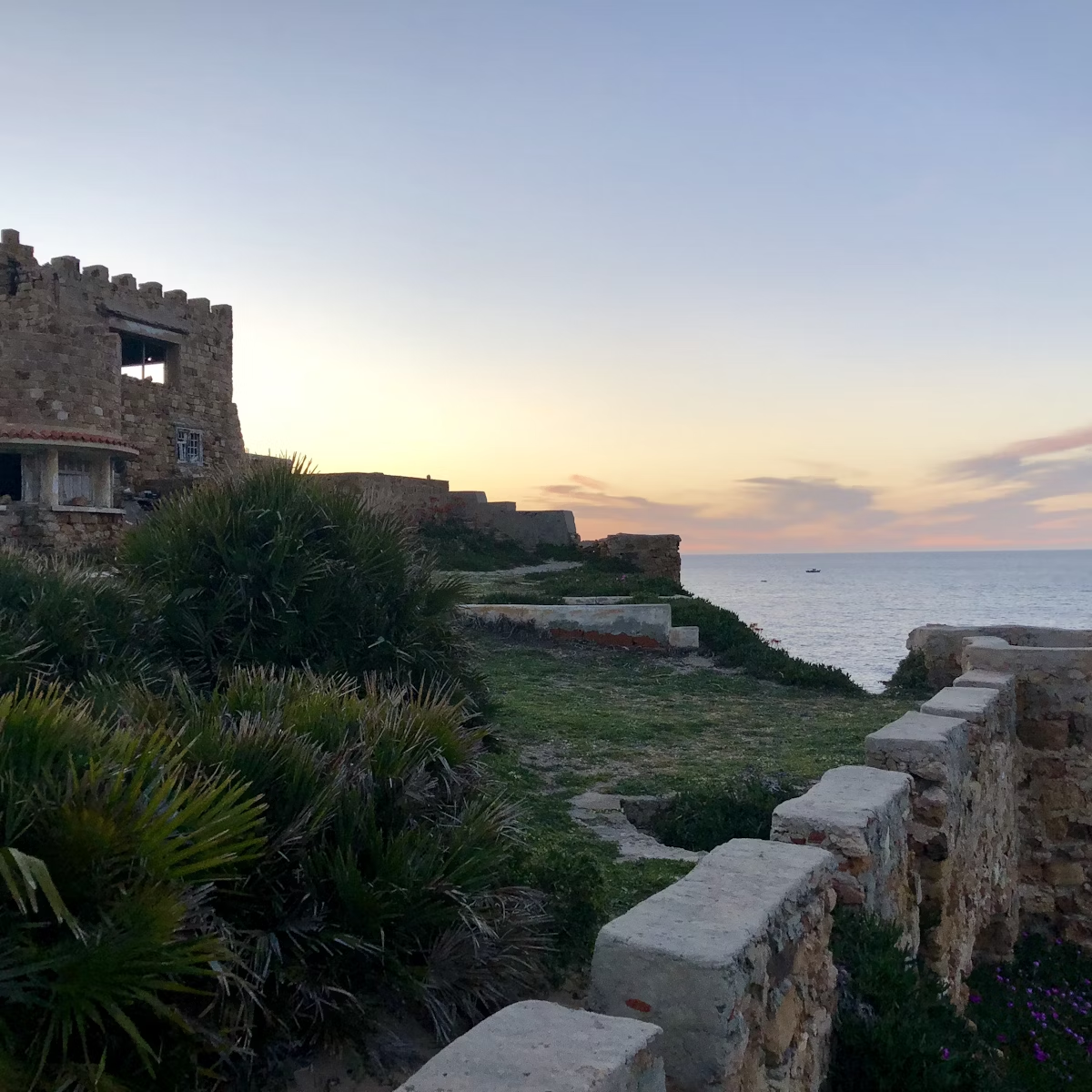Tunisian food markets offer a great introduction to local culture, and Tunis' Marché Centrale is particularly atmospheric. The original market building dates from 1891 and the halls behind are later additions. There are three distinct areas: an enormous fish hall where you can watch locally caught fish being theatrically weighed, gutted and scaled; a central hall where mounds of spicy harissa, tubs of plump olives and blocks of pungent cheese are sold; and a rear fruit and vegetable section.
One of the best times to visit is in early spring, when white bigardier (bitter orange) and pink pelargonium (geranium) flowers are in season. Piles of these are offered in the rear hall, where they perfume the space and are snapped up by locals who use home stills to produce flower water (from pelargonium) and the essential oil known as neroli (from bigardier). Later in spring, rose petals are harvested and are offered for the same purposes, offering a similarly fragrant market display.
More produce is offered in the streets surrounding the market. Head to Rue d'Espagne for freshly roasted coffee beans and spices and Rue du Danemark for olives and pickles.







